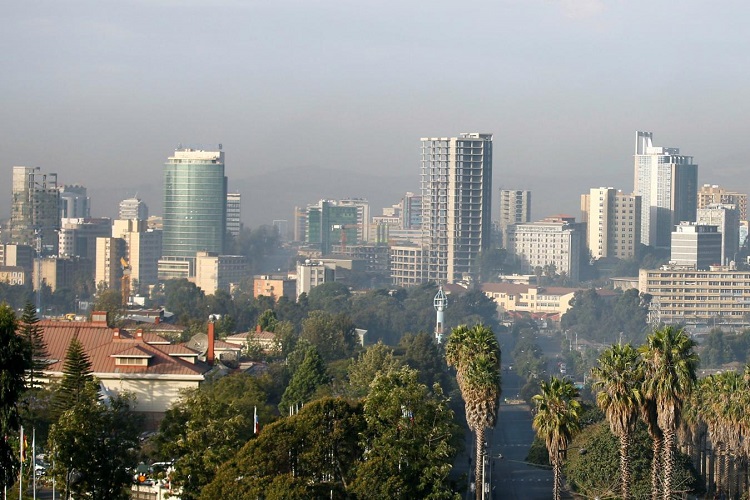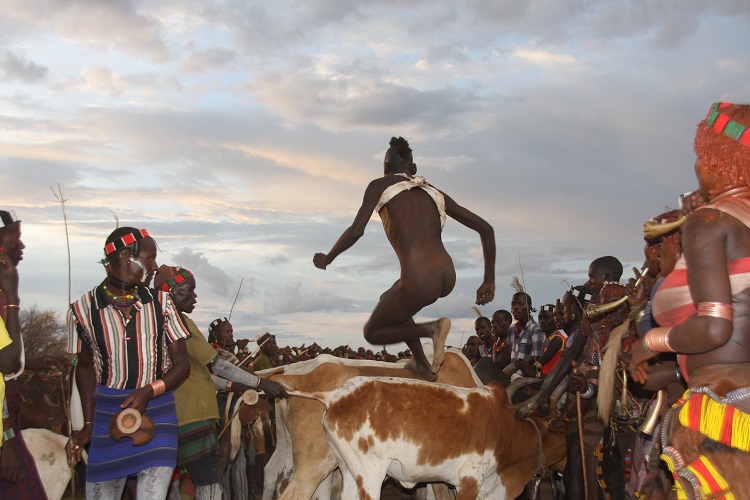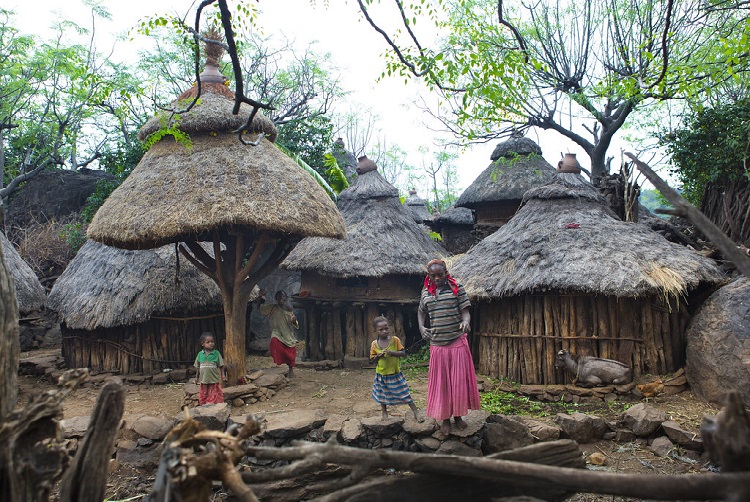Cultural Attractions
Addis Ababa
Home to the headquarters of the African Union, the third largest United Nations population, and with representation from nearly every foreign embassy from around the world, Addis Ababa is often referred to as the political capital of Africa. Addis Ababa is the world’s third-highest capital city at 2’665 meters above sea level and home to approximately 3.5 million people. Sitting atop the highlands next to the Great Rift Valley, the city sprawls over more than 200 square miles, housing a startling variety of historical and cultural attractions. And, if you want to get out, there are the massive Entoto Mountains to explore right above Addis Ababa. Within the city center, Addis Ababa boasts monumental architecture and all of the grandeur that can be expected from any national capital. Great churches, mosques, and museums offer respite, solace, education, and inspiration to travelers from around the world.

Omo Valley
A visit to the Omo Valley is ideal for those looking to explore and understand Ethiopia’s cultural diversity. Some of the country’s most ancient and colourful ethnic traditions can be observed here. There’s the elaborate body painting of many tribes, the clay plates in the ears and lips of the Mursi women, the ritual singing and dancing of the Arbore tribe, and the breathtaking bull-jumping spectacle of the Hamar people. The Omo Valley is situated within the immense Great Rift Valley, rich in fertile lands and wildlife. While accommodation in this area is on the rustic side, it’s perfectly situated to give you the rich opportunity to gain an insight into the lives of the local people. Tourism in this area has been criticised in the past for contributing to a kind of ‘human zoo’. Our guided visits here place a clear emphasis on authenticity and cultural sensitivity.

Southern Rift Valley
The Konso and Dorze people in the Southern Rift Valley may not have the striking appearance of the Omo Valley tribes, but their ways of life is no less fascinating. The Konso villages are closed off, almost fortified, as there used to be numerous local conflicts. Around the villages, the fields are cultivated with a system of terraces built over the centuries to be able to exploit the hilly terrain and to prevent the erosion of the land itself due to seasonal rains; the Konso terraces were declared a World Heritage Site by UNESCO in 2011. Another incredible encounter awaits you with the Dorze people living in the Gamo Highlands close to Arba Minch. The Dorze are famous for their neat compounds and shape of their huts that recall the structure of a beehive and the face of an elephant. The Dorze are also well known for their weaving skills. Traditional Dorze textiles are very colorful and considered some of the best in Ethiopia.




